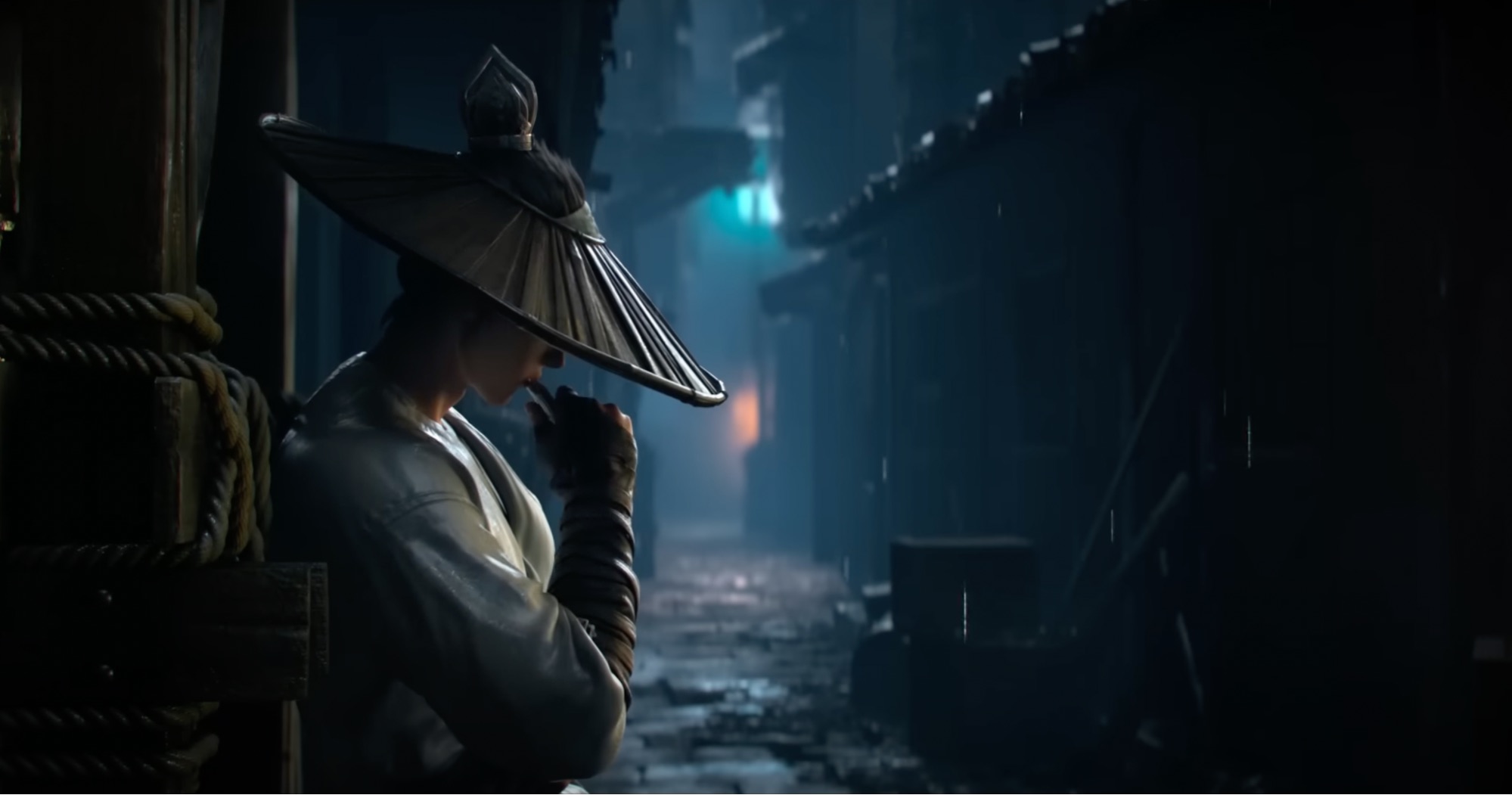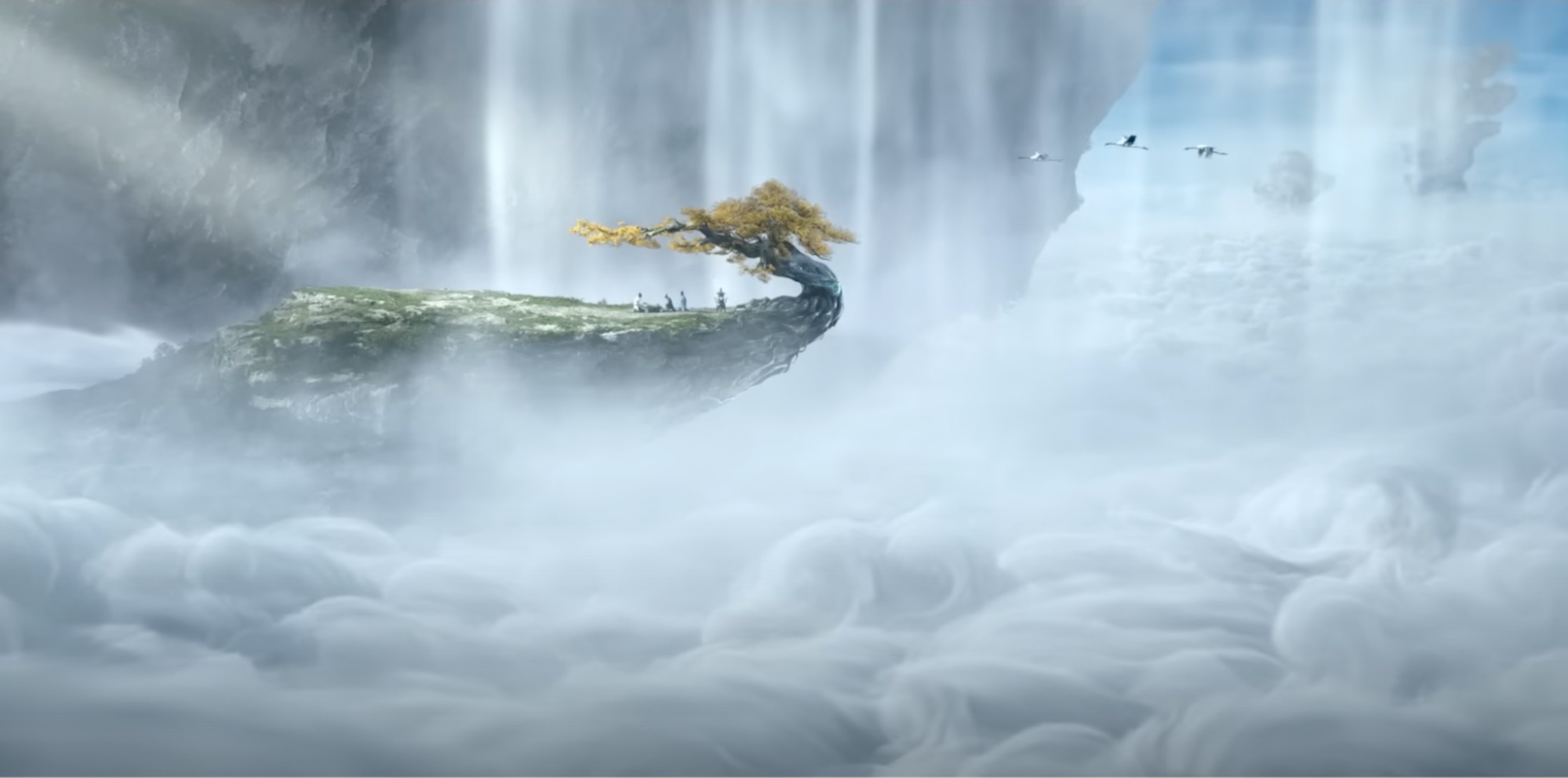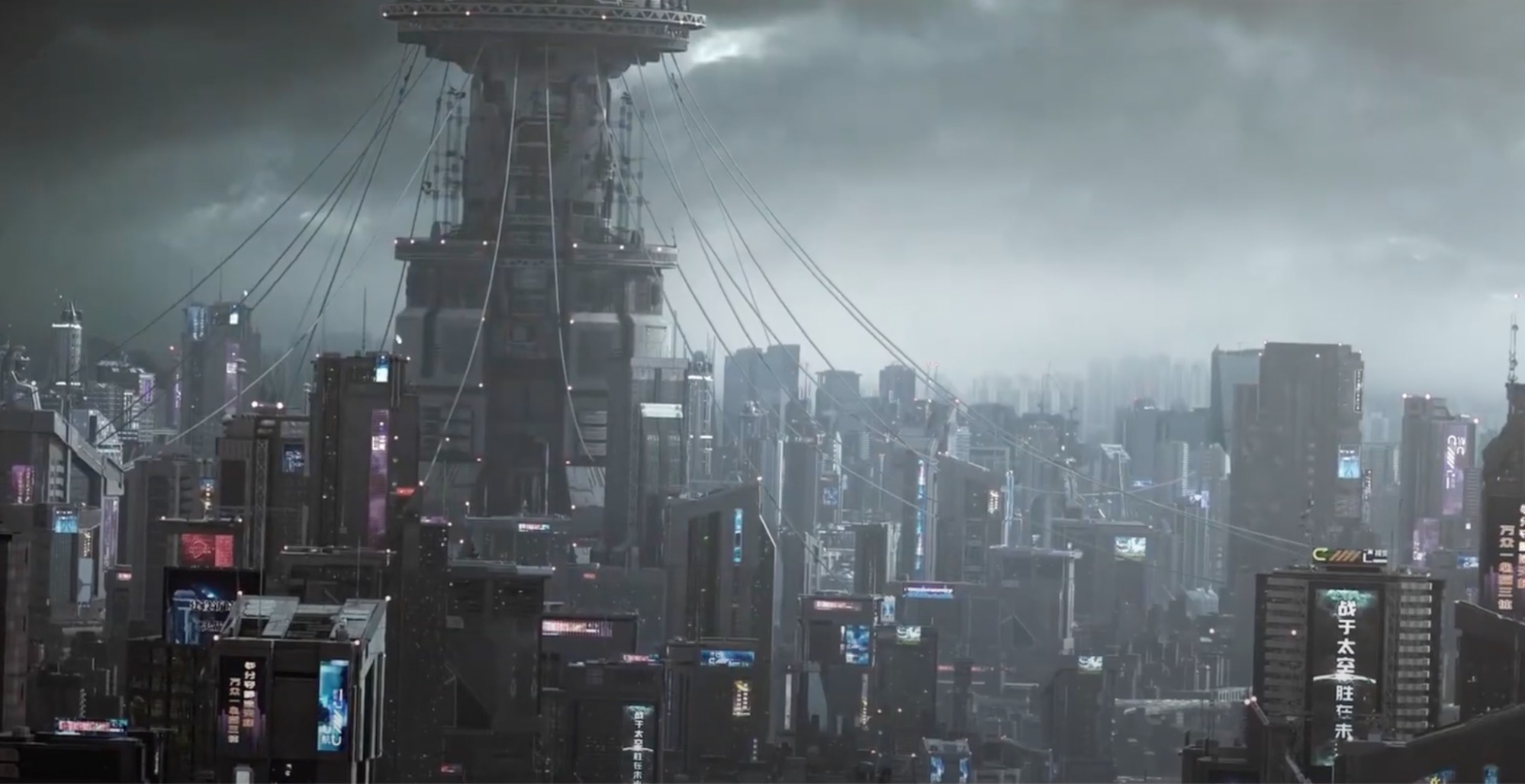Can Chinese animation go global?
China’s new animation studios are capable and ambitious, but can they overcome censorship and cultural differences to break into the export market?

China’s first animated feature film, Princess Iron Fan (铁扇公主 tiě shàn gōngzhǔ), premiered in 1941, only four years after Walt Disney released the world’s first animated feature, Snow White. During the mid-20th century, China’s “golden age” of animation resulted in a series of hits that raised the very real prospect that the country could become a creative animation powerhouse and export its productions to other countries. But this didn’t come to pass.
Now Chinese animation studios might get another chance, with internet companies like Tencent and Bilibili investing in the sector, a growing talent pool of artists and technologists, and new 3D modeling capabilities that let them produce work as complex as that from Disney and Pixar. And in the last few years, animated movies have been a bright cinematic hope at a time when the overall Chinese film industry is in recession.
The 2019 animation Ne Zha (哪吒之魔童降世 nǎ zhā zhī mó tóng jiàng shì) grossed more than $725 million in global box office takings, the 12th most profitable film of the year, although nearly $720 million of that revenue was in China itself. The outstanding performance of Ne Zha was followed by other successes. The studio Light Chaser Animation 追光动画 produced four profitable high-budget animated films between 2019 and 2022 (each an adaptation of a different Chinese folktale).

The budgets for Light Chaser’s films ranged from $10-12 million, while box office revenues ranged from $60-90 million. All four films have received U.S. distribution deals and been exported. Green Snake (白蛇二:青蛇劫起 báishé èr: qīng shé jié qǐ) was Netflix’s No. 3 ranked international film during its debut week in 2021. The film accumulated over 10 million viewing hours on the platform.
‘A good year for Chinese animated films’
The box office numbers for Chinese animated films are so far modest, but the perception of their quality is changing rapidly.
Popular YouTuber and Chinese film critic Accented Cinema said 2022 was a “good year for Chinese animated films.” He admitted to eating his own words, but said they were “delicious”: “Cynical people like me [had] already given up hope [but] the industry has been growing, sprouting, and in 2019 it bloomed,” he said.
More than blooming, though, Chinese animation has an opportunity to go global. The export deals are a positive (and to many, a surprising) sign. At a time when the broader film industry in China is struggling, animation has made great strides and achieved impressive commercial results.
Now the question is: can the industry achieve the scale, quality, and distribution deals to be a global exporter on par with Japan? Or will this only be another passing “golden age?”

Export hurdles
“I think the strength in Chinese animations in recent years has been diversifying their style from Japanese or American influence,” said Daniel Zhao (赵汉 Zhào Hàn), a Beijing-based director who has led animated projects for major companies like BaseFX 倍飞视 and Tencent. “Since animation is so style-driven, having a distinct look is a major part of the creative process. I think the weaknesses that Chinese animation still needs to overcome are trying to balance this distinct style and Chinese perspective so that it can still export abroad.”
Historically, producers would point to animation quality as the main obstacle to exporting Chinese projects. It simply couldn’t compete with Japanese and Western studios visually. That is clearly changing. Many of China’s recent animations prove this point. But there’s another hurdle to clear: storytelling.
Even as most producers want to land export deals, most are not so fortunate as Light Chaser Animation. Zhao thinks that Japan’s export success is in part due to its ability to take an “American” approach to “universal storytelling” when it develops IP and scripts. China’s industry doesn’t develop projects in the same way. This makes its stories harder to export to Western audiences. Other producers have told me the same: if China wants to export, it needs to tell more “universal stories,” subscribing to the Hollywood story conventions and act structures that govern much of Western content.
“On the surface, China feels like a part of the globalized society,” said Zhao, “but at its core, it still holds very Chinese values and perspectives, some of which don’t connect well with a predominantly Western hegemonic market around the world.”
In Zhao’s eyes, Chinese animation has high global prospects, and the hurdles to export are primarily creative. In short, the most important hurdle Chinese animation has to overcome today is storytelling.
Censorship
Changing storytelling conventions is made much harder by censorship, but not impossible. Among other things, Chinese censors enforce dramatic constraints on screenwriters: Stories need uplifting endings, the good guys need to win, criminality should be condemned, and certain topics from corrupt police to high-school romance have to follow unspoken rules. These are meaningful hurdles when trying to write global content, where audiences often want more morally complicated stories than Chinese censors will allow. But there’s good news for animation here as well.
“Censorship doesn’t play as much of a factor in animation vs. live-action,” said Zhao, who has directed projects in both spaces. In fact, animation has a number of advantages with respect to censorship: It’s easier to abstract stories and characters or set them in unrealistic universes (making the stories less likely to breach political correctness) and it’s cheaper to edit (when censors want changes to be made). This is one reason why animation has flourished in recent years while censorship has tightened on live-action productions.
Censorship is still a serious barrier to exporting any Chinese content. However, this barrier is surmountable, at least as far as animation is concerned. Many (not most) of the successful Japanese anime exported to the U.S., and indeed many animations made in the U.S. itself, would clear censorship if made by a Chinese studio. So the field of possibilities is smaller for a Chinese studio, but there is a field. And as Light Chaser has proven already, it’s a profitable one.

Pushing boundaries
While China’s live-action film industry is highly centralized, animation is still fairly dispersed. The money largely comes from a few platforms like Tencent and Bilibili, but a wide variety of smaller studios develop and produce the actual work.
One such studio, HEART&SOUL, just released its debut animated series Left-Hand Layup (左手上篮 zuǒshǒu shàng lán) on February 2 with Tencent. It’s been a three-year production journey for founder Jay Li (李锦天 Lǐ Jǐntiān), who led his staff of 60 through COVID lockdowns, two venture capital fundraising rounds, and a series of strategic pivots to keep the creative work funded. But it’s a labor of love. The series is a basketball anime inspired by Li’s childhood love of the sport and his time working for the NBA.

HEART&SOUL’s production process reflects the herculean effort to launch a new studio in China. “Compromising on quality isn’t an option,” said Li. He had a list of “maybe five” lead animators in the country he was willing to hire who could meet his quality standard. He got one of them, and he’s been steering the company through production ever since.
This is a costly process, but Li’s methods to keeping the creative engine funded and running has included landing a sponsorship deal from a basketball brand, spinning off one of the Left-Hand Layup characters into a virtual idol who ended up getting a beverage deal with Master Kong Beverage, and incubating an NFT platform to market merchandise related to the series.
HEART&SOUL’s new series reflects an exciting trend in the animation industry: Small studios are pushing creative boundaries. Left-Hand Layup could be the first sports animation out of China to break into the global market. Li knows that success hinges on the storytelling. He’s overseen the writing and storyboarding process for Left-Hand Layup personally, though he tries to keep some distance so as not to stifle his creative leaders.
Other recent animations are breaking new ground as well. The much anticipated Three-Body Animation (三体 Sān Tǐ) was released in 2022 by Bilibili. The series was a massive project (adapting Liú Cíxīn’s 刘慈欣 expansive Three-Body Problem trilogy). Even though the animation received mixed reactions, its visual effects and production scale were a landmark achievement for the growing industry. Now in 2023, the new series Yao-Chinese Folktales is making a splash among younger and older audiences alike in China for its unconventional approach to retelling traditional Chinese stories in a modern context.
Look for the exports
Chinese animation is experiencing growing pains, but the industry is still developing, both financially and artistically.

Many in the industry are watching the Chinese government for signals of what’s to come. Some political obstacles like censorship or trade tensions with the U.S. seem unlikely to change anytime soon. However, economic policy appears promising. A post-COVID economic recovery would stimulate the industry in a number of ways, and the end of the COVID-zero policy has signaled that the government may reprioritize economic growth in 2023. However, the timeline for economic recovery is uncertain.
The greater reasons for optimism lie in the private sector:
- China’s animation industry has massive production capacity, home to hundreds of studios and possibly the largest skilled workforce in the world.
- Censorship is proving less constraining to animators than to live-action directors, leading to fewer and less costly project cuts.
- The domestic market is large and can help springboard studios into global exports.
- The growing video-game industry brings in money, talent, and 3D modeling capabilities to advance visual quality.
- Increasing investment in metaverse, XR, VR, and virtual idols spills over into demand for animation services, creating more commercial opportunity for studios.
All of these are reasons for optimism.
Entering 2023, animation exports already have a foothold with Light Chaser Animation’s successes. Now the signal to watch is: how many studios can emulate (or expand on) Light Chaser’s success? The industry has a distinct opportunity here. The outlook is increasingly optimistic. But barriers remain. Adapting storytelling norms while pushing forward with visual advancements will be a key challenge. And many of China’s new studios appear eager to take on that challenge.






